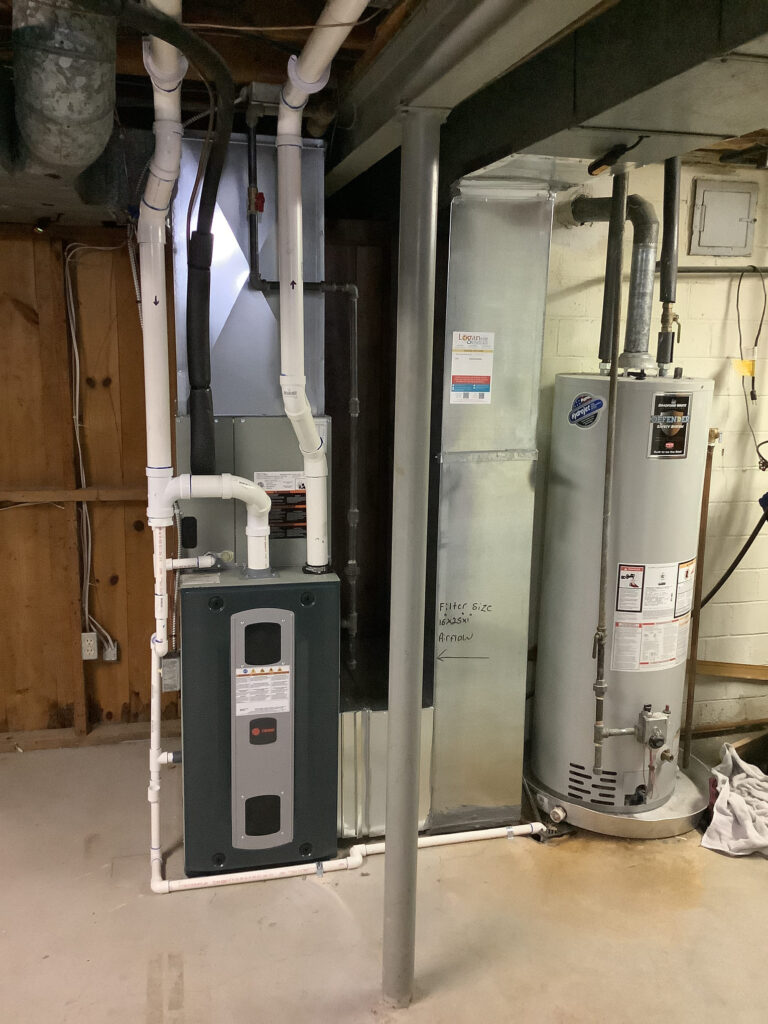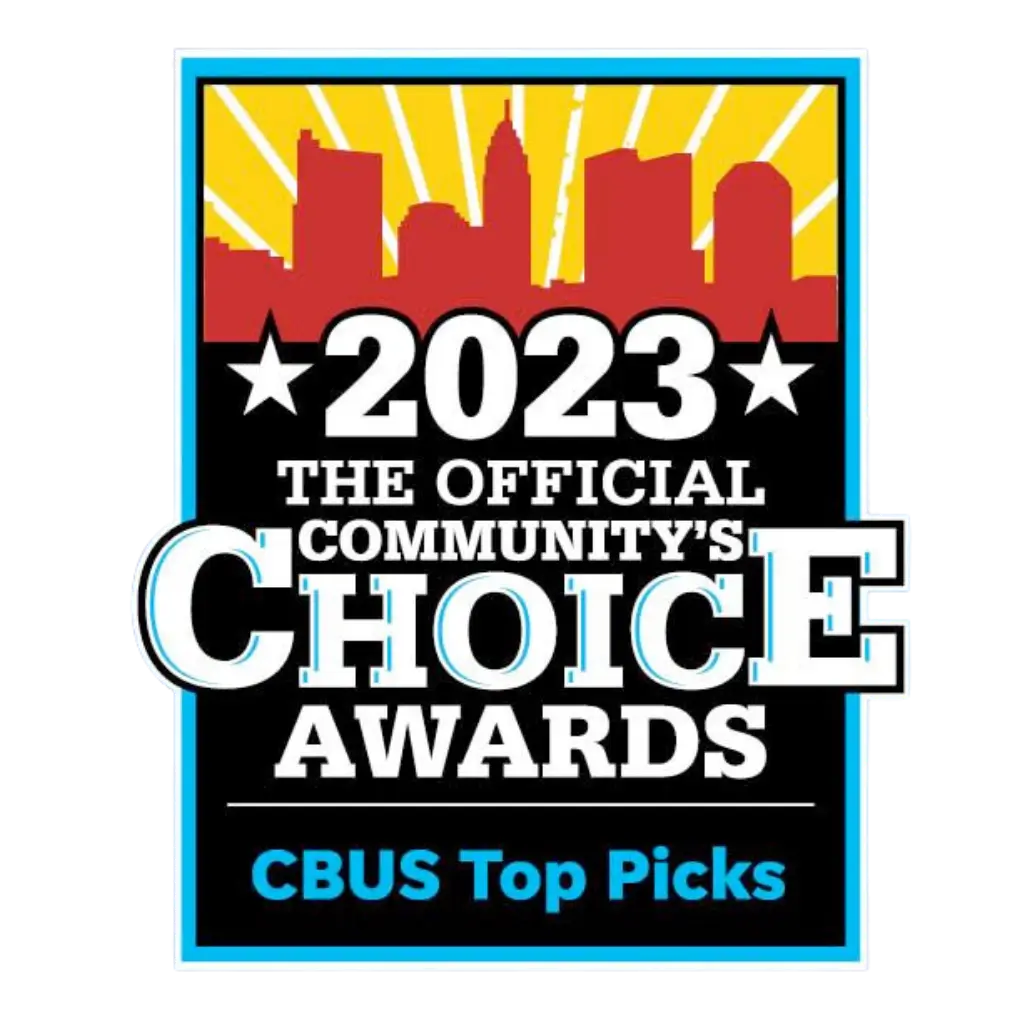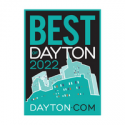Getting an annual furnace tune-up before winter hits is one of the best ways to ensure your system runs safely and efficiently all season long. This preventative maintenance checkup allows a technician to inspect your furnace, make any necessary repairs, and help keep your home comfortable when cold weather arrives. Read on to learn why a tune-up is essential, what happens during this service appointment, and how to choose the right company.
When Should You Schedule a Furnace Tune-Up?
The best time for a yearly tune-up is in early fall before you start using your furnace full-time again. Many HVAC companies recommend getting one scheduled between September and October, but a tune up later in the season is still beneficial. When done early, you’ll have enough time to address any issues discovered and ensure your system is running optimally before temperatures really drop.
Signs that indicate you should get a furnace checkup sooner include:
- Higher heating bills
- Odd smells or sounds coming from vents
- Failure to provide warm air
- The furnace frequently shuts off
- Visible cracks or rust on the furnace
When setting your furnace maintenance schedule, be sure to book a tune-up as soon as you notice these warning signs, as it can help minimize costlier repairs down the road.
What Gets Inspected and Repaired During a Tune-Up?
Air Filters – The technician will remove the existing air filters and replace them with new ones. If your furnace uses washable filters, they will thoroughly clean and reinstall them instead. Dirty filters restrict airflow to the furnace, so changing them is essential for efficiency and increased indoor air quality performance.
Burners & Heat Exchanger – The burners are the components responsible for actually heating the air, so technicians will dismantle and clean them to remove any dust, debris, or corrosion. They also carefully inspect the metallic heat exchanger. Cracks here can allow CO to leak into your home, an extremely dangerous situation. The integrity of this part is critical for safety.
Electrical Components – From wires to circuit boards, electrical parts enable everything to communicate and power on properly. Connections can loosen over time, so HVAC professionals check and tighten wiring terminals if needed. Diagnostics tests run to confirm the control board and other electronics are functioning as intended. Faulty electrical components get repaired or replaced.
Blower Motor – To circulate warm air efficiently, the large blower motor and fan require cleaning and lubrication. Technicians vacuum dust and debris, oil the motor, and confirm the blower isn’t making odd noises, signaling future failure. It may be tested at several different fan speeds as well.
Vents & Ductwork – Venting refers to the external exhaust pipe carrying combustion byproducts outside, which gets thoroughly examined for any blockages restricting airflow. Supply and return ductwork running to rooms may also be assessed for leaks, reducing efficiency. Any discovered issues with vents or ducts will need repairing.
Thermostat – Since the thermostat signals the furnace to turn on and off, testing communication between the two is imperative. The temperature accuracy and calibrations also get checked to ensure optimal comfort levels in the home. Any syncing problems cause delays in heating or cooling activation.
Carbon Monoxide Detectors – Working carbon monoxide alarms are crucial safety mechanisms, so technicians verify any detectors installed near the furnace are fully operational with batteries and warning capabilities. Additional detectors may be recommended if not enough exists currently around the furnace vicinity.
Furnace Tune-Up Checklist
Here is an annual furnace maintenance checklist that your technician may follow for a comprehensive tune-up on your heating system:
❑ Replace air filter
❑ Inspect burner assembly
❑ Assess blower motor
❑ Test ventilation
❑ Check all wiring
❑ Lubricate parts
❑ Calibrate thermostat
❑ Verify CO detectors
❑ Perform safety checks
❑ Address any issues
Why Proper Furnace Maintenance Matters
Beyond preparing your system for winter, annual furnace tune-ups provide other major perks:
Increased Safety – Annual tune-ups catch small issues like loose wiring or tiny cracks before they lead to dangerous carbon monoxide leaks or system failures. Getting ahead of minor repairs now prevents catastrophic safety hazards later.
Greater Efficiency – When thoroughly inspected and cleaned, your furnace operates at peak efficiency, keeping your home warm without causing spikes in heating bills.
Prevents Bigger Repairs – Identifying and addressing minor issues like worn fan belts means avoiding costlier emergency repairs down the road when problems worsen.
Prolongs Furnace Lifespan – Like changing a car’s oil, yearly furnace maintenance helps the probability of systems to run reliably for 15+ years rather than needing full replacement sooner. Regular upkeep helps furnaces function effectively, season after season.
What To Look For in an HVAC Company
Choosing the right heating and cooling company ensures your system gets serviced properly. Here are the top things to look for:
Certifications & Training – HVAC Technicians should have up-to-date industry credentials, like NATE certifications. Well-trained specialists better identify issues.
Positive Online Reviews – Choose a company with numerous 5 star customer reviews mentioning good service. This suggests HVAC technicians are knowledgeable and honest.
Upfront Pricing – Ask for transparency about service call fees and what work is included in that price. Avoid HVAC contractors that offer a drastically lower price than others, as it could be a reflection of the value of the service they are able to provide.
Responsive Communication – From your initial call to the HVAC technician visit, ensure the company offers reliable and regular contact.
Tune-Up Costs – Expect to budget $75-$150 for a standard furnace tune-up, not counting any repairs needed. Bigger or more complex systems may fall on the higher end.
The Logan Difference
As a family-owned HVAC company, we pride ourselves on providing quality service and communication to every customer. Our experienced staff ensures we have all most frequently needed parts before visiting homes to prevent delays. Our installers closely follow checklists to expertly execute each unique installation, guided by managers with decades of expertise.
Once installed, we thoroughly demonstrate custom features and preventative maintenance recommendations for your specific unit so you can confidently troubleshoot minor issues. We also explain warranty details to eliminate future frustrations.
At Logan, customer care means community care too. We’ve given back to our neighbords in the Dayton, Columbus, and Cincinnati areas in numerous ways throughout our 50+ years in business. We operate with the genuineness first demonstrated by the Logan family, so our customers become family.
Frequently Asked Questions (FAQs)
Why does my furnace need to be tuned up every year?
Furnaces have many moving components working hard during winter, so they require yearly inspections to catch minor repairs needed, verify efficiency and safety, and prolong overall lifespan.
Do I need a tune-up for a new furnace?
Yes, even new furnaces benefit from yearly tune-ups to ensure optimal performance and provide a comparative baseline in case operational problems arise down the road requiring diagnosis.




















